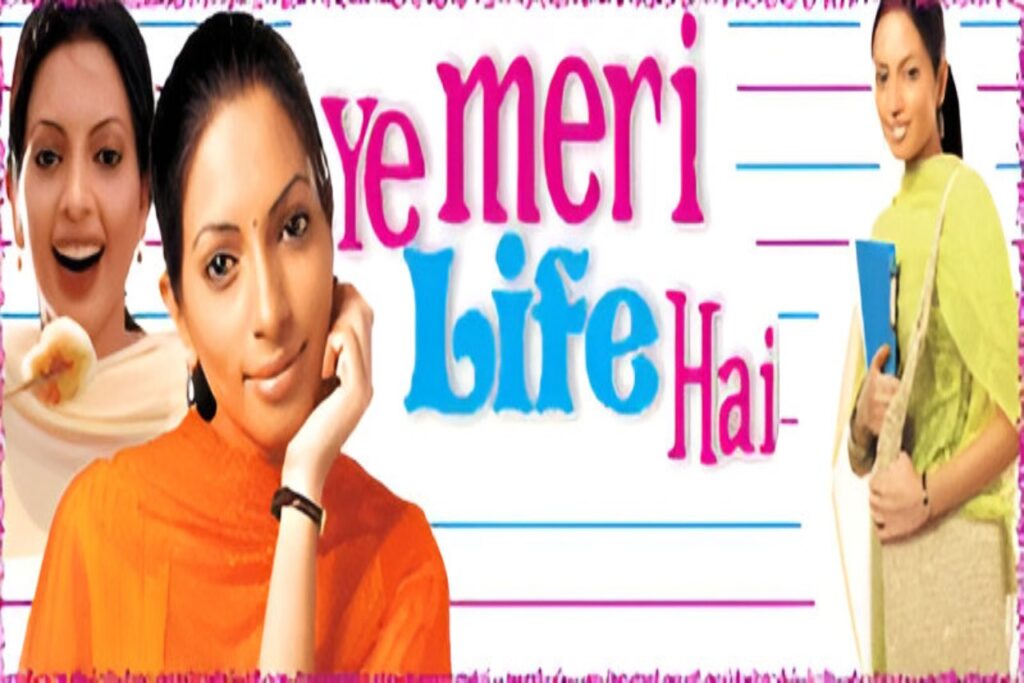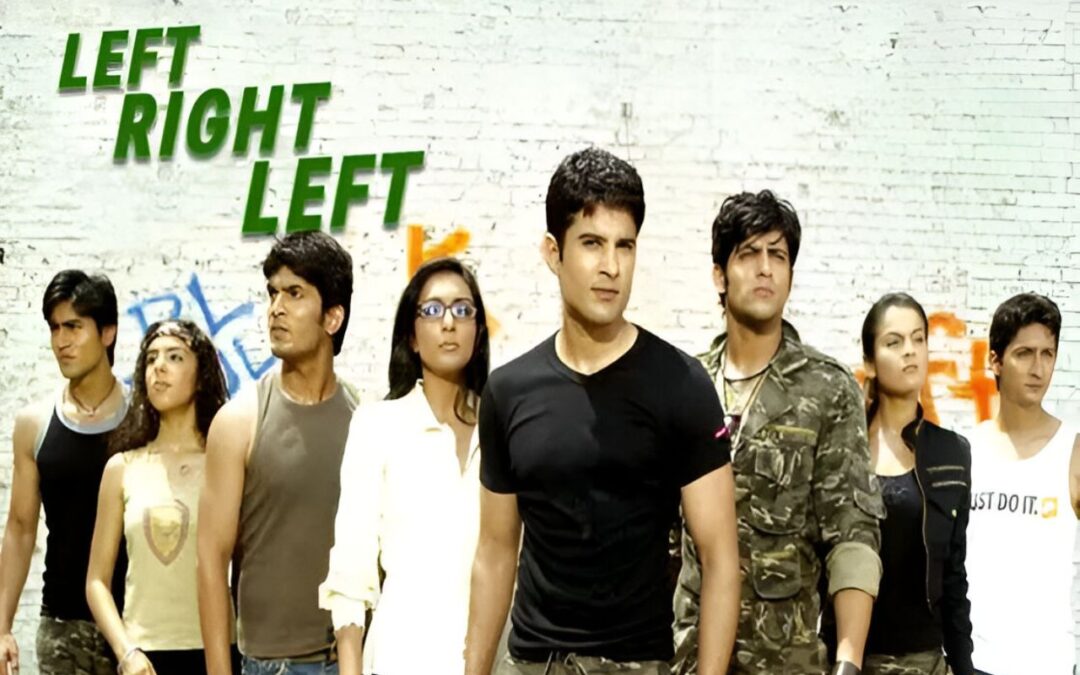The 2000s were a milestone decade for Indian television, with an unprecedented explosion of creativity that gave viewers a much-needed break from the stereotypical “saas-bahu” serials. The decade saw the birth of shows that dared to break the scriptbook—blending genres, questioning societal stereotypes, and captivating the imagination of an entire generation. While some of these wonderful productions have been forgotten to memory in the present era, their legacy remains. This article is a nostalgic revisit of the best Indian TV shows of the 2000s that might have been forgotten in memory, but are worth a mention.
1. Dill Mill Gayye (Star One, 2007–2010)

Dill Mill Gayye was not only a show, but a phenomenon that changed the definition of youth-based programming on Indian television. The show was set in the fictional Sanjeevani Hospital and was about the lives, love stories, and friendships of the young medicos, led by Dr. Armaan Malik (Karan Singh Grover) and Dr. Riddhima Gupta (Shilpa Anand and others). The chemistry of the lead pair on screen, the upbeat music, and the youth-based issues that appealed to the youth made it a TRP puller and a teen’s favourite of its time.
The blend of romantic elements, dramatic storylines, and humour in the series created a welcome experience. Even years after its end, fans showed a strong interest in a sequel, testifying to its enduring popularity.
2. Jassi Jaissi Koi Nahin (Sony Television, 2003–2006)

Before “makeover” reality TV, there was Jassi Jaissi Koi Nahin, the original ugly-duckling-to-swan story. Based on the Colombian telenovela “Yo soy Betty, la fea,” the show followed Jasmeet “Jassi” Walia (Mona Singh), a bespectacled, gangly but genius woman who was attempting to make it in the fashion world. What made Jassi Jaissi Koi Nahin stand out was its subtext: merit, not body type, determines success. The show broke with conventional beauty standards and encouraged millions of individuals to accept themselves as they were. Its clever dialogue, liberal themes, and memorable characters made it a cultural reference point that continues to resonate today.
3. Left Right Left (SAB TV, 2006–2008)

Left Right Left injected patriotism and rebellion into the youth on television. Founded in the fictional Kanchanjunga Military Academy, the show followed the lives of six cadets in training to become officers, balancing individual issues and nationalism. The show was notable in featuring a female lead, Naina Singh Ahluwalia (Priyanka Bassi), and highlighting friendship, discipline, and ambition among the youth. Although the series later lost steam in subsequent episodes as a result of creative changes, its original run boasted acerbic script, solid performances, and original storytelling in the genre of the coming of age.
4. Sanjivani: A Medical Boon (Star Plus, 2002–2005)

Well before medical dramas were a regular feature, Sanjivani brought to Indian viewers the high-adventure life of doctors and hospitals. The show dealt with serious subjects, such as being the first Indian show to broach the topic of HIV, and delved into the professional and personal lives of physicians such as Dr. Shashank (Mohnish Bahl) and Dr. Juhi (Gurdeep Kohli). Its grounded exploration of medical ethics, emotional dilemmas, and healthcare realities brought it both critical and commercial acclaim. The show’s success even spawned sequels and reboots, but the original towers above the others in its pioneering heart.
Also Read…
Final Destination: Bloodlines Review; What’s Inside the Superhit Movie
5. Sanjivani – Thoda Jaadu, Thodi Nazaakat (Star Plus, 2003–2006)

If you enjoyed magic and mayhem, Shararat was your TV show. Loosely based on “Sabrina the Teenage Witch,” it was the tale of Jiya (Shruti Seth), a college student who finds out she’s a fairy on her 18th birthday. With a hapless grandmother (Farida Jalal) and a cast of wacky characters, the show mixed fantasy, comedy, and family drama to delight viewers of all ages. Shararat provided a comedic respite with its fantasy mishaps and warm lessons in family, friendship, and self-discovery. Its original premise and endearing cast resulted in it being highly praised and a favourite among audiences.
6. Ye Meri Life Hai (Sony TV, 2004–2005)

Ye Meri Life Hai reflected India’s middle-class young people’s hopes and fears. The show followed Pooja Mehta (Shama Sikander), a young Gujarati woman who dreamed of becoming a film director, as she moved through the sheltered bubble of St. Martin’s College. The show received widespread appreciation for its realistic depiction of social stratification, personal development, and pursuing dreams. Pooja’s evolution—going from having to endure derision for her “vernacular” accent to finding her own identity—moved hearts, thus making it uplifting and endearing to watch.
The Relevance of These Programs Endures
These shows went beyond entertainment; they were cultural benchmarks that reflected the dreams, fears, and aspirations of a given generation. The reasons below explain their uniqueness:
Eclectic Storylines:
From doctor TV dramas to magical comedies, such programs ventured into genres that were seldom encountered on Indian television during that era. Strong female leads like Jassi, Naina, Jiya, and Pooja broke traditional stereotypes and left audiences in awe with their strength and uniqueness.
Progressive Themes:
These TV shows broke boundaries by going against conventional beauty standards, taking on social issues, and being respectful of ambitions.
Memorable Characters:
The supporting and lead actors became familiar household names, their catchphrases and personal characteristics part of everyday vocabulary.
Conclusion
The 2000s were the years when Indian television found its new-age storytelling style. Although these shows were eventually overshadowed by the later boom in daily soap operas, they provided us with stories that were bold, evocative, and visionary. Rereading these shows is not just a nostalgic exercise but also a tribute to the passion and creativity that Indian television was filled with during those years. If you feel nostalgic, this may be the perfect time to treat yourself to a binge-watching session of these old favourites and relive the magic again.
Writer : Pranjal Bapna

